The prostate or Prostate gland is an important male sexual organ. In this function, the prostate takes on regulative processes, but it can also lead to various symptoms.
What is the prostate?

The prostate is also known as Prostate gland designated. The prostate is a sex gland found in human males and mammals. The prostate gland is one of the so-called internal sex organs and has muscle fibers, glands and connective tissue that is rich in blood vessels. The prostate is surrounded by a firm capsule of connective tissue.
In humans, the prostate is located between the bladder and the pelvic floor, surrounding the beginning part of the urethra. The prostate gland is also firmly connected to the lower edge of the pubic bone. The rectum is located behind the prostate.
The so-called injection channel, which guides the ejaculate during ejaculation, runs through the prostate. In healthy people, the prostate is roughly the size of a chestnut and weighs around 20 grams.
Meaning & function
One of the main tasks of the prostate is the production of a fertilization fluid in the form of a secretion. This secretion is formed in men around the onset of puberty. Among other things, the fertilization fluid of the prostate contains proteins that contribute to the fact that the sperm is liquefied.
In addition, the fertilization fluid of the prostate contains the so-called spermine; the spermine is responsible, among other things, for the protection of the DNA. The secretion from the prostate has an approximate pH of 6.4. This pH value increases the survivability of the sperm during sexual intercourse, because the environment of the female vagina is acidic in order to offer protection against infections.
Due to its location, the prostate also supports the closure of the urinary bladder. During urination, the prostate helps to block the injection channels to prevent urine from entering. During intercourse, sperm and secretions enter the part of the urethra that is surrounded by the prostate.
The prostate secretion, which makes up around 20-30 percent of the total amount of sperm, now also gets here. The prostate helps prevent the seminal fluid that is created in this way from penetrating the urinary bladder.
Furthermore, the prostate gland also plays an important role in my hormone metabolism in a man. For example, the prostate converts the sex hormone testosterone into a biologically very active form. This active form is known as dihydrotestosterone.
You can find your medication here
➔ Medicines for bladder and urinary tract healthDangers, disorders, risks & diseases
Diseases of the prostate are usually expressed in symptoms that can be relatively vague. Most often, these symptoms affect urination and sexual function.
If urination is impaired by the prostate, this is also referred to as micturition disorder in medicine. This influence of the prostate is possible, among other things, because the prostate supports the bladder closure. Typical symptoms include delayed urination, a weakening of the urine stream up to dripping, or residual urine that makes you feel that your urine has not been completely emptied.
Injuries to the prostate can be expressed, for example, through urinary bleeding, i.e. through an admixture of blood to the urine. If the prostate is affected by inflammation (this is called prostatitis), there may be a proportion of blood in the sperm, among other things. This can also be caused by what is known as benign prostate syndrome (BPD), which occurs mainly in middle-aged to older men. In most cases, however, such a proportion of blood in the sperm is harmless.
Benign prostate syndrome (BPD) describes symptoms that are associated with the obstruction of the urine flow through the prostate. This disease increases with age. One of the causes is a benign enlarged prostate. Treatment is possible with drugs or surgery. Prostate cancer or prostate carcinoma is a malignant tumor that usually originates from the external prostate glands.
In the early stages, prostate cancer can often be cured with radiation or surgery. Prostate cancer is the most common type of malignant tumor among men. The causes of the development of prostate cancer cells are largely unclear.

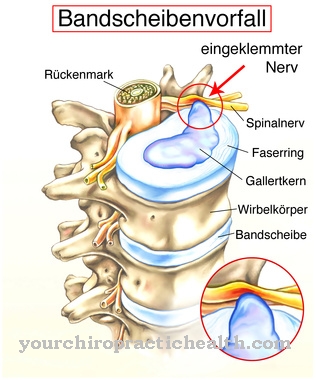
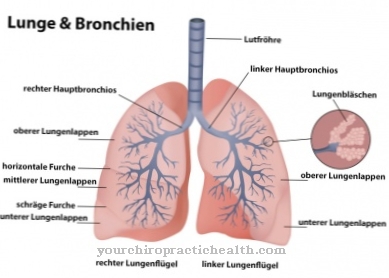
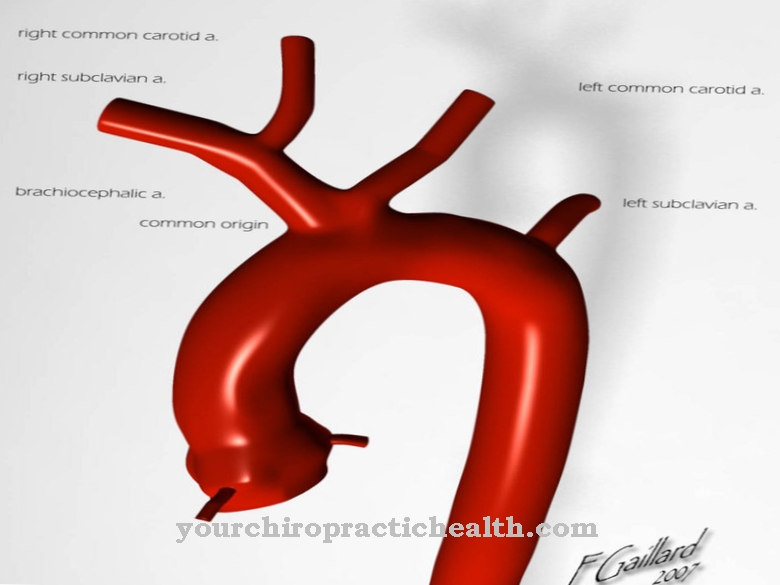
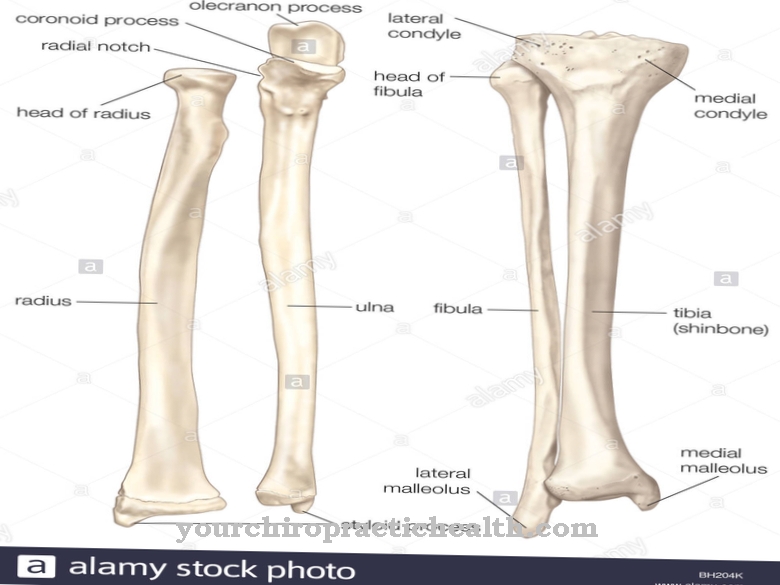
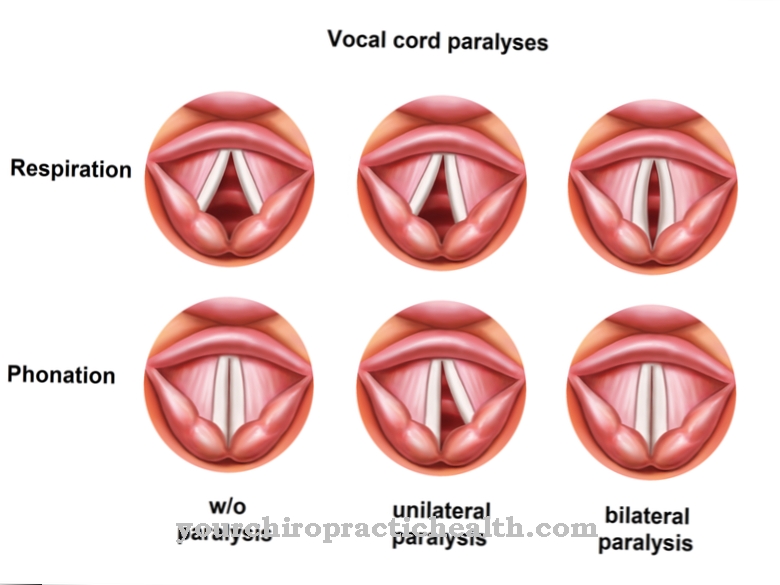






.jpg)



.jpg)










.jpg)
